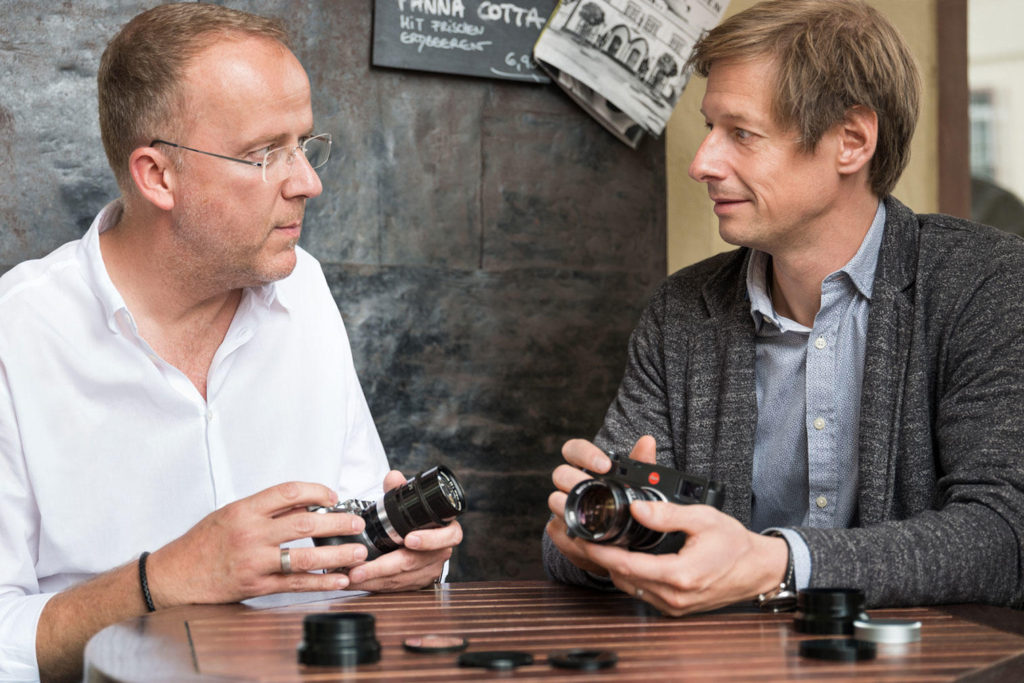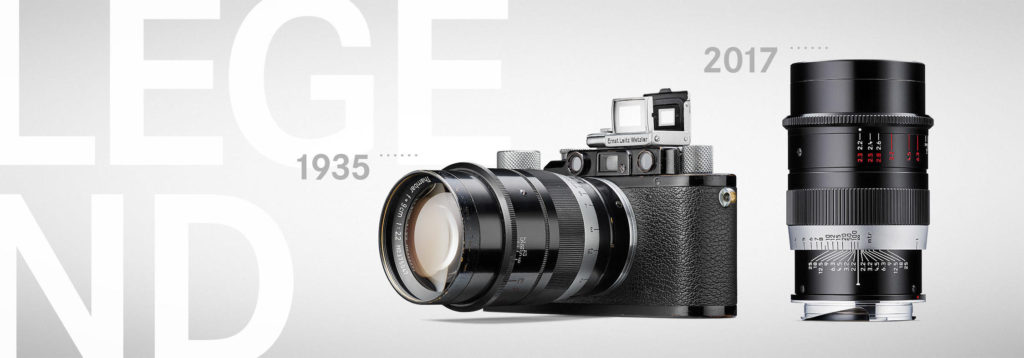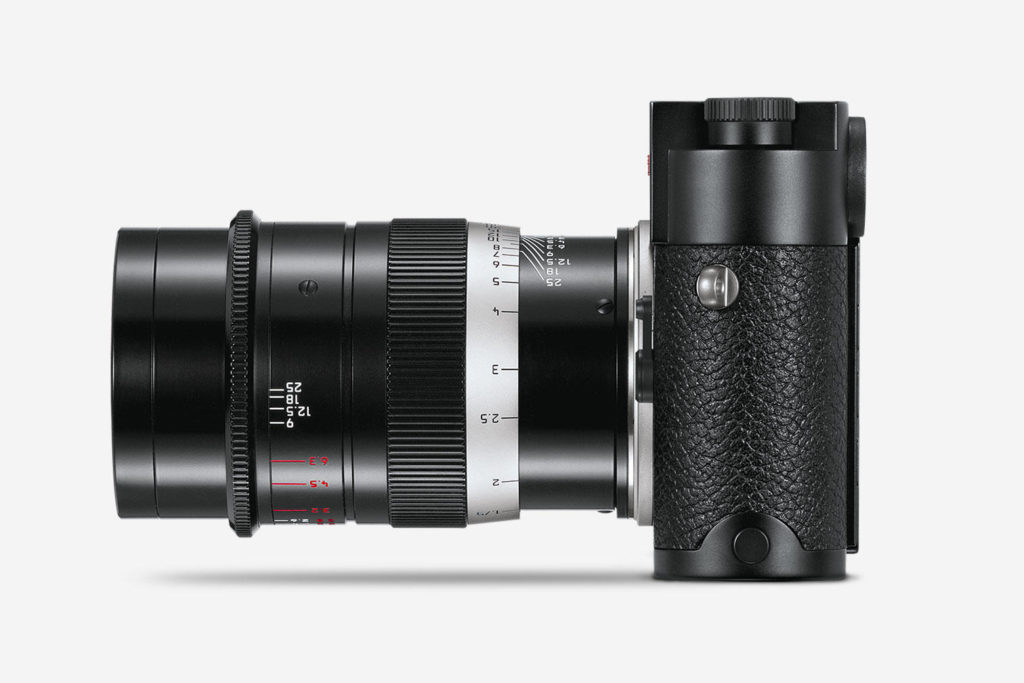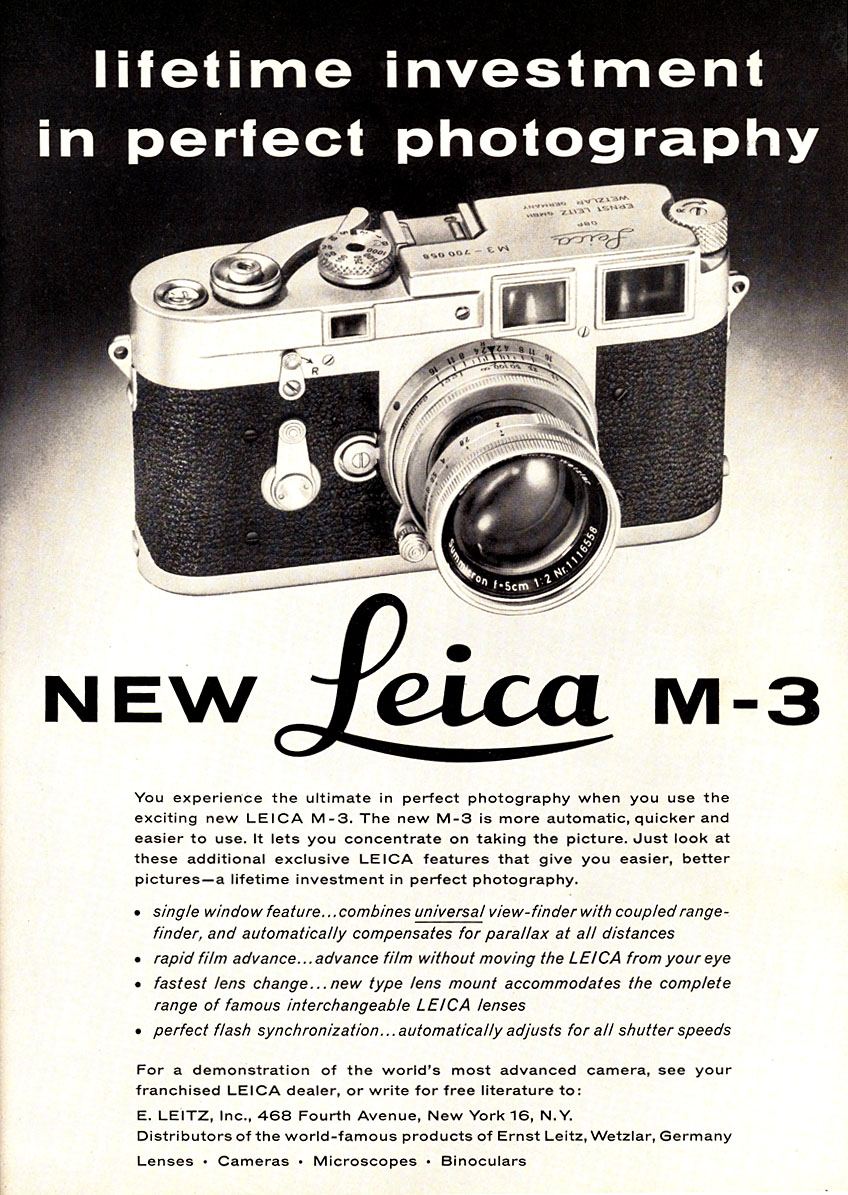
Let’s get this straight at the outset. Digital Leica M’s – the M8, M9, MM and M240 – are not traditional Leica M cameras. They are computerized simulacrums of traditional film M’s, sharing only a certain corporate continuity, a rangefinder mechanism and aesthetic likeness of form, albeit fatter, heavier and less pleasant in hand. Most importantly, their useful life is measured in years as opposed to decades.
Many of us who grew up shooting Leica film cameras learned these lessons the hard way, at great frustration and expense, and for many of us, those experiences have caused us to re-evaluate our relationship to Leica in the digital age.
I remain firmly grounded in the film world, both for technical and philosophical reasons, for 90% of my work. But the practical requirements of capturing quotidian experiences- snapshots as it were- sometime require the quickness and immediacy of a digital process. So, I need at least one digital camera to keep myself (and others) happy. But I’ve bought them reluctantly.
My only criterion when buying a digital camera is never to be an early adopter. I won’t buy a digital camera that isn’t at least 2 to 3 years old. Let the early adopters work through the bugs and take the digital depreciation hit. In return, they can obsess about their newest toy and its revolutionary IQ standards while warily eyeing the new, improved version inevitably around the corner.
What I want: a manual focus camera that uses my extensive collection of M mount rangefinder optics, and I want a decent size sensor that doesn’t turn my Rokkor-M 40 f2 into a telephoto. 12 mp or thereabouts is the sweet spot – I don’t need 36 mpx files because I print, at most, 19 inches on the long side, and if I want bigger I can always “res up” with the appropriate software. My alternatives: an M8, M9, M240, Sony NEX or A7, Fuji X…. or the Ricoh GXR. The Sonys are designed by computer guys, not photographers, and it shows. Too computerized, with their nested menus and touch screen technologies. And, like the Fuji, their sensors aren’t maximized for the limited flange distance of M lenses. So this leaves the Leica models…and the Ricoh. The M’s are simply too expensive for what you get. And there’s the issue of dodgy sensors that continue to plague the CCD M’s. Spending $6k on a camera body, only to have to replace the sensor at scheduled intervals, is insane. The fact that digital Leica owners accept this is, if nothing else, a testament to the irrational in many’s purchasing decisions.
This leaves me with the GXR. Ricoh has a tradition of funky, quirky cameras that appeal to serious photographers. The GXR follows in that tradition. Unlike conventional digital cameras which either have a fixed lens and sensor or interchangeable lenses and a fixed sensor, the GXR takes interchangeable units, each housing a lens, sensor and imaging processing unit. This allows each unit to have features optimized to one another and a specific task, whereas with conventional interchangeable lens cameras, each different lens must use the same sensor and engine. The sealed units also prevent dust from reaching the sensor, which can be a problem with interchangable lens bodies used in the elements. Having previously owned an M8, I know it to be a definite issue with digital M’s.

In addition to a 24-85 zoom and superb 28 and 50 mm auto focus units, Ricoh offers a 12 mpx unit to mount and use Leica optics, the A12 M Module. The Ricoh’s M mount is strictly designed with the technical specifications of the M bayonet in mind. It contains shifted micro-lenses on its periphery to deal with the angled light produced on the sensor plane by M lenses with short sensor plane distances. You get a Leica M sensor with all the advantages for wide angle lenses, without a AA filter to boot. And the Ricoh is as modular as a Phase One or Hassy. You can change out the sensor in a second to use the excellent Ricoh lens modules if you need auto-focus or are lazy and want to use a zoom.
The Ricoh with A12 M Mount is a much less expensive alternative to digital M’s that does an incredible job with M-mount lenses. I recently picked up two GXR bodies, an A12 M module and the 28 and 50 modules, all for just a tad over $1000, which is pretty remarkable for what you get. I’m not an IQ guy, but I can’t help but be amazed at the sharpness and depth of the files the GXR M mount produces with Leica lenses, a function of a sensor without an AA filter tailored to M mount lenses and the native quality of the lenses themselves. And both the 28 and 50 2.5 AF units are exceptional as well, the equal optically of any Summarit or Summicron I’ve used with the M Module.
 Ricoh GXR, A12 M Module, 21 VC f4
Ricoh GXR, A12 M Module, 21 VC f4
The relationship between the GXR and current digital M’s is similar to the 1970s Leica CL and its relation to the M5. While both shared the same format, meter, etc, the CL was lighter, smaller, and much less expensive, although it felt built to a price point, while the M5 retained the traditional robust Leitz build. The CL used the same Leitz lenses, which, of course, was more determinative of the final output than all the other considerations, and, in practice, produced negatives indistinguishable from the M. Ironically, in a transposition of the relationship between the CL and M5, the Ricoh feels better made, more solid and durable than the often fragile digital M’s. It’s an exceptionally well made camera with the heft associated with durability. It feels great in the hand, and it’s compact and unobtrusive in a way the fattened digital M’s no longer are.
Ricoh discontinued them in 2014, probably because the interchangible lens/sensor unit design never caught with most folks, which is a shame. The upside to this is that new units are still available and you can find them cheap.
……
My B&W workflow with the GXR: set the display for B&W RAW. set EV at -.07 to avoid blown highlights, ISO at 1600 or, when needed, at 2500. Process in SEP2 using either the HP5 or the Tri-X simulations, or if you want something really gritty, the Neopan 1600 emulation, very minor sharpening on output. Voila! Only a trained eye will notice any difference between this and a roll of Tri-X shot with your CL.
Views: 5920
 Leica’s “Teaser” Photo for the new Thambar
Leica’s “Teaser” Photo for the new Thambar Jesko von Oeynhausen and Lars Netopil looking downright smug with their new Thambars
Jesko von Oeynhausen and Lars Netopil looking downright smug with their new Thambars



















































